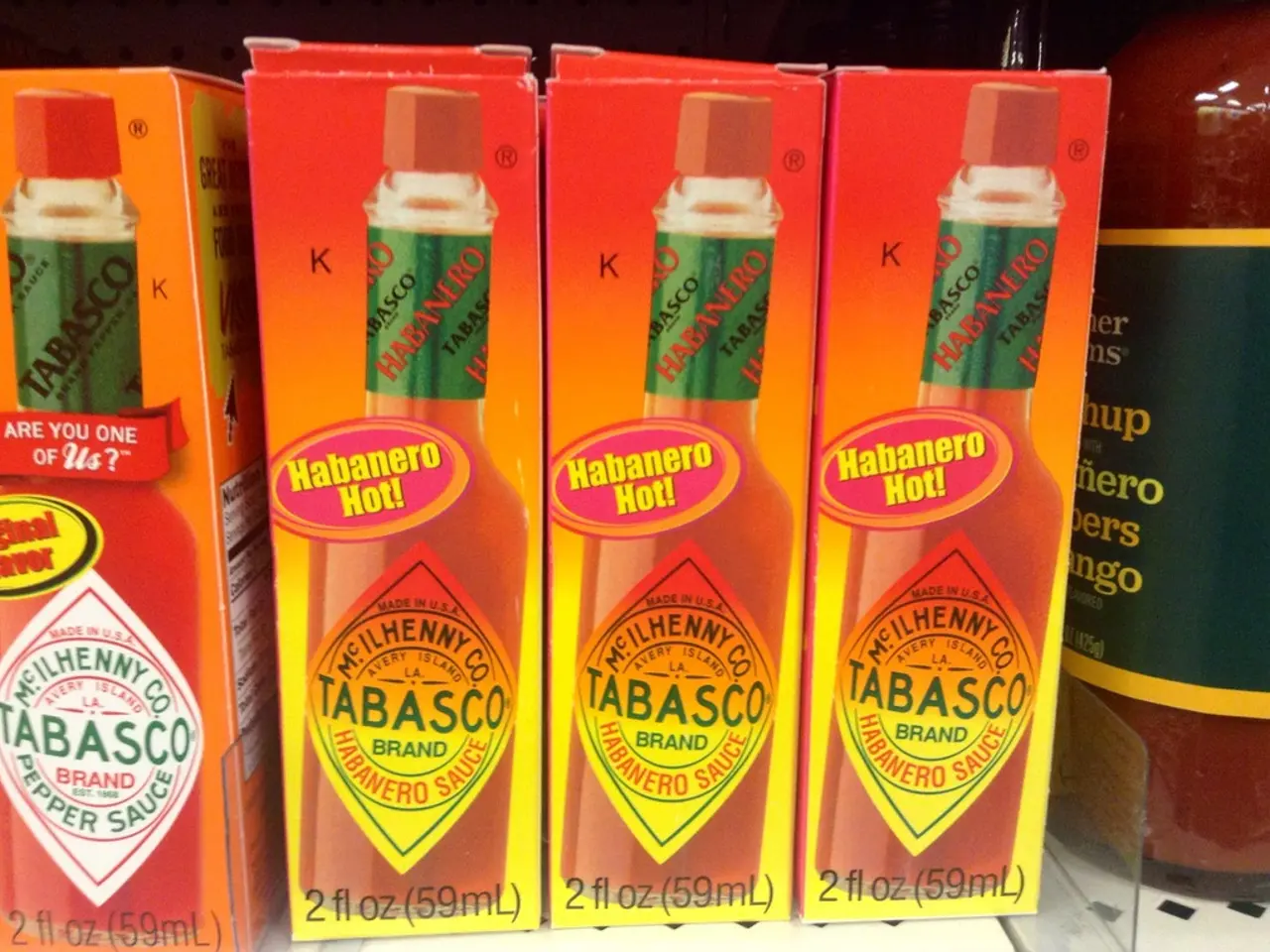Cautionary Guidance on Purchasing Balsamic Vinegar: Potential Pitfalls to Avoid
In the heart of Italy's Emilia-Romagna region, specifically Modena, lies a culinary treasure known as Aceto Balsamico Tradizionale (ABT). This is the "Ferrari" among balsamic vinegars, a gourmet delight that has captured the hearts of food enthusiasts worldwide.
Balsamic vinegar, originating from the Italian word "il balsamo", meaning "the balsam", is a versatile condiment often used as a dressing with olive oil, salt, and pepper. However, the star of the show is ABT, whose dark color and strong, sweetly sour taste are the result of years, even decades, of storage in wooden barrels and fermentation.
The production process of ABT is a labour of love. Unfermented grape must is heated over a fire and slow-cooked to thicken it. This thickened must is then transferred to successively smaller wooden barrels, where it matures for between 12 and 40 years. The final storage of ABT does not occur in wine cellars but on airy attics, where it is exposed to extreme temperature fluctuations.
Unlike its cheaper counterparts, ABT contains no chemical or natural additives. It is a pure, natural product that becomes thicker, more aromatic, and more expensive with age. The older the ABT, the more exquisite its taste, making it a prized possession for gourmet cooks.
In contrast, "Balsamico bianco" is a purely industrially produced product, often containing chemical additives, caramelized sugar, flavorings, and preservatives. Cheap balsamic vinegar should not be used for gourmet purposes, as it can overpower the delicate flavours of high-quality ingredients.
The addition "di Modena" on a bottle of balsamic vinegar means it was produced in Modena, but it does not guarantee the quality of the product. True Tradizionale balsamic vinegar does not have an age indication, and the addition "extravecchio" may appear on the bottle label.
A gourmet tip is to use high-quality balsamic vinegar on fresh strawberries or Parmesan. The sweetness of the strawberries or the richness of the Parmesan complements the strong, sweetly sour taste of ABT, creating a symphony of flavours on your palate.
Remember, when it comes to gourmet cooking, using high-quality vinegar is crucial to enhancing the taste of your dishes. So, next time you're in the kitchen, consider treating yourself to a drop or two of Aceto Balsamico Tradizionale—you won't regret it!
Read also:
- Reducing Anxiety Through Nutrition: Edibles That Soothe the Mind
- The True Implications of Lab Testing for Your Container of Manuka Honey
- Bees produce a unique type of honey, known as 'Mad Honey', from gathering a particular nectar.
- Casino operator's parent company alleges Kazuo Okada wrongfully seized control through violent means at Okada Manila.








